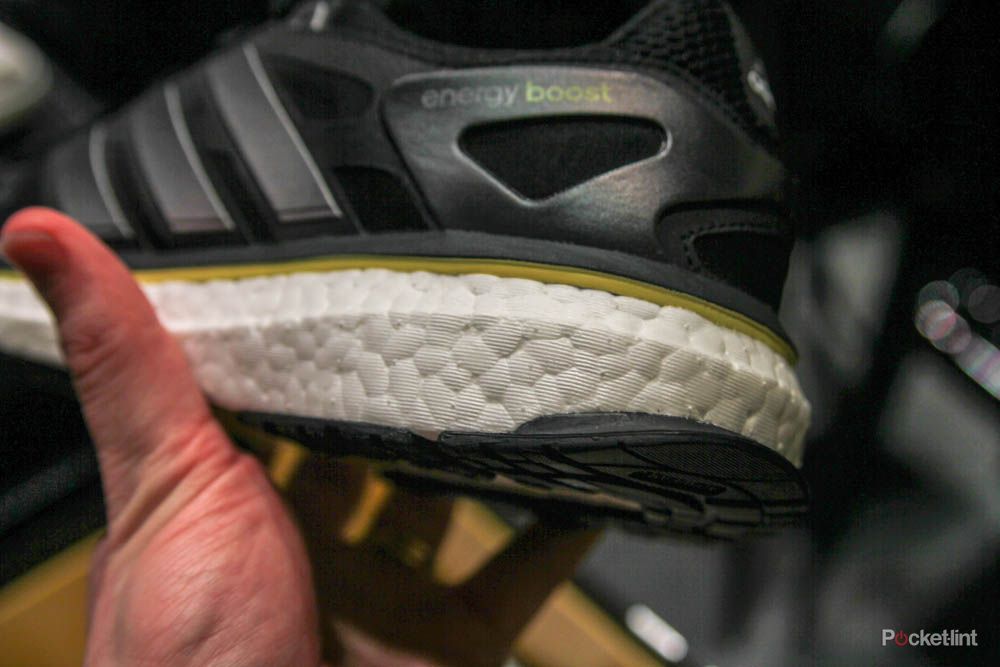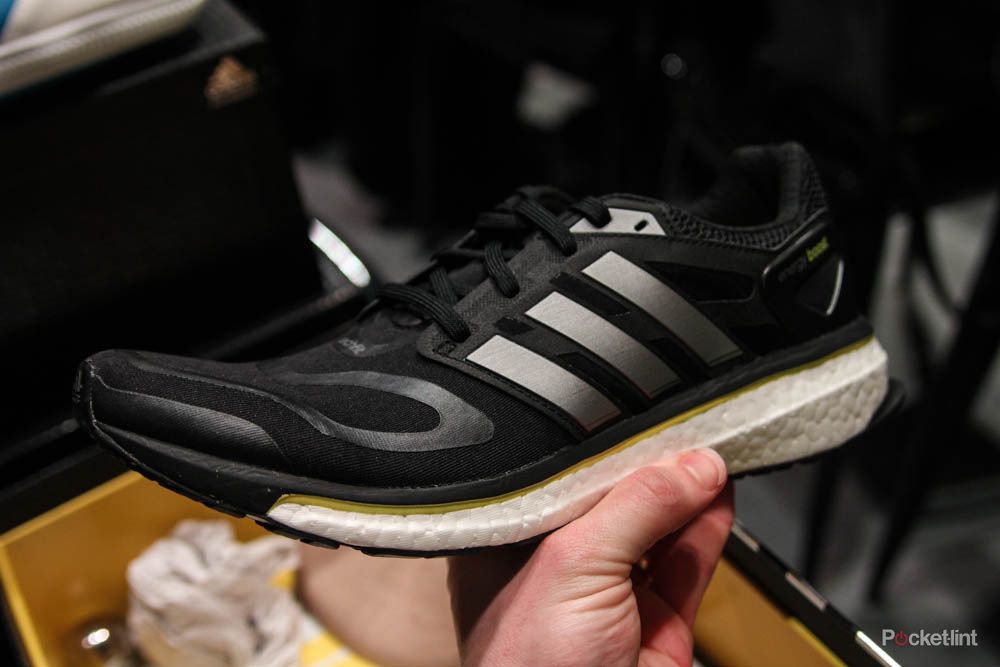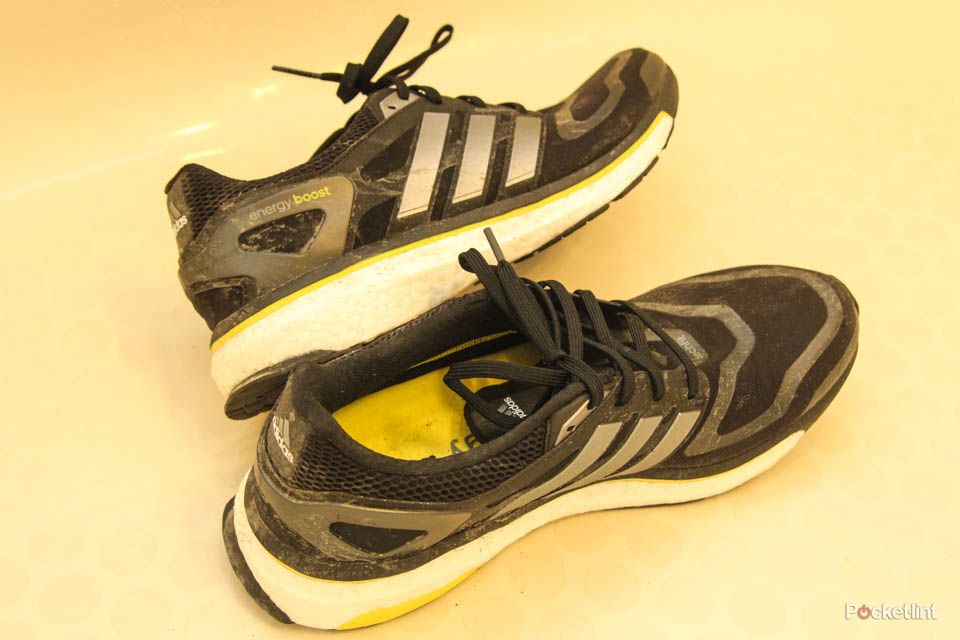Adidas has launched a new running trainer and with it a new running trainer technology called the Boost that promises to give you more boost in your stride while still providing plenty of comfort.
Following the launch event in New York, Pocket-lint donned a pair of the new shoes for a quick run around Central Park to see how they fare.
The boost technology is a new rubber-like material that is probably the most revolutionary thing to happen to running since the Nike Air.
Rather than just create a sole that is packed with foam, then something "magical", then more foam, Adidas has gone back to the drawing board and created a new material that is made up of hundreds of balls that look a bit like Sugar Puffs.

These "sugar puffs" are then crammed into the sole shape with the idea that when you impact the ground the energy is forced back out rather than being absorbed.
At the event we were able to witness this in our hand, filling it with the cereal-like beads and clenching our fist tightly. The pressure automatically forced our hand open again.
In a trainer, and as you can imagine, that force is designed to propel you along.
Marathon runner Haile Gebrselassie, who was also at the event, told us that he believes over a 26 mile run, trained athletes could see anywhere up to 40 seconds' improvement. That suggests that for us, running on average a 5min/1km pace, we should see a whopping 15 seconds improvement per kilometre. Over a 10km distance that's a possible minute and a half just for wearing the right shoes. We like that idea a lot.
Trainers on, we head out to do the perimeter loop of the famous New York park. The first thing we notice is that the ride is a lot harder than we expected. In the run up to the event, we were expecting something a lot softer, a lot spongier, and perhaps, in an over-exaggeration, something akin to walking on the Moon.
In reality it’s a very hard ride, unlike the Nike LunarGlides, or the soft pillow-like ride you get with Saucony shoes. The rigidness is no bad thing. You still get a shoe that allows you to feel the underlying terrain rather than just the feeling you're walking on expensive carpet, and over the course of our 13km run running over a variety of terrains, but mainly on tarmac, there really is a newfound spring to our step, especially around the mid-foot area.

That might sound like we've swallowed the marketing pill a little too quickly, but we did notice a difference in our stride, even towards the end of the run. The new shoes did manage to give us a sense of spring in our step. At no point did they feel heavy.
Of course it's not all amazing, amazing, amazing. When not on the road, the technology does little for you, as we found on a muddy dirt track by the reservoir, and there is little to no waterproofing either. Run through a puddle and you'll have wet feet. No two questions about it.
Heel striking is probably to be avoided either as there isn't much give in the shoe - remember, it is trying to push all the energy you put into it back to you to move you along faster. That's fine for us, as we are a mid-striker runner, but it is something to bear in mind. We and our running partner, Simon Freeman, also found a slight niggle in the arch of the foot, but it might be just getting used to the shoe.
So did we run faster? It's hard to say, but according to Runkeeper we did. However we have to point out that we were also running with a seasoned marathon runner in Simon Freeman, so there might have been an urge to impress.
Finding the balance between comfort and performance in a running shoe is always hard. From our first run Adidas seems to have achieved what it set out to do with the Adidas Boost. It's a very hard ride compared to the Nike Lunar Glide 4's - probably the nearest competitor - but it is still also a comfortable run.
Out at the end of the month, the Adidas Boost is worth a look, and if you can, a quick try out as well.

